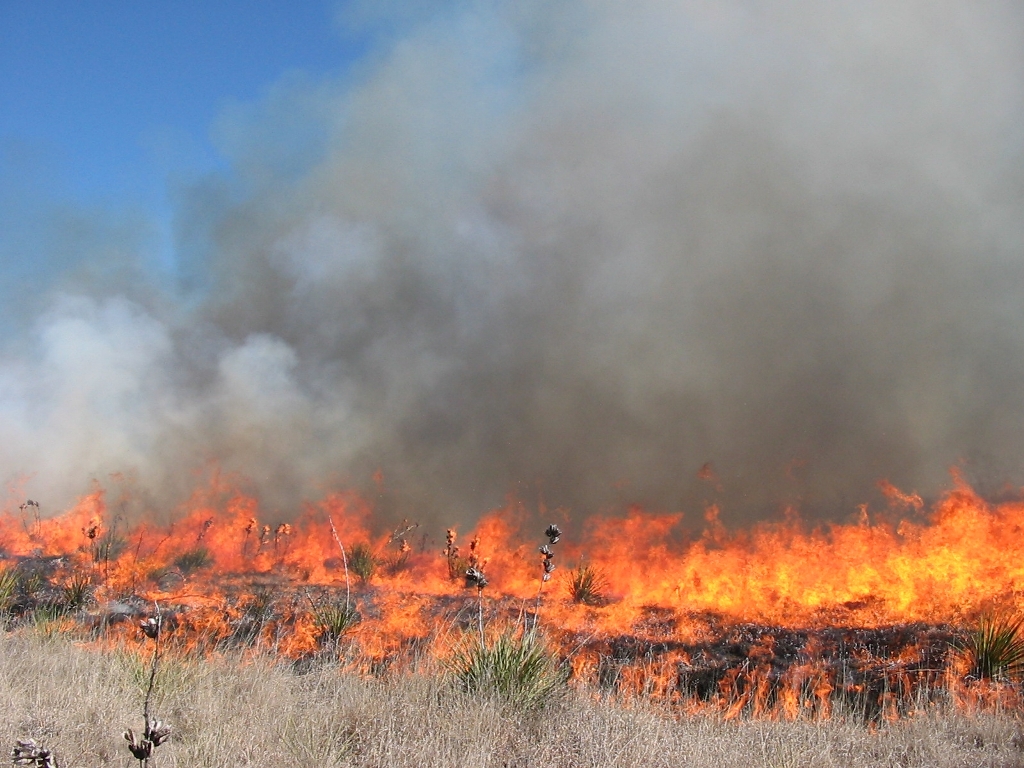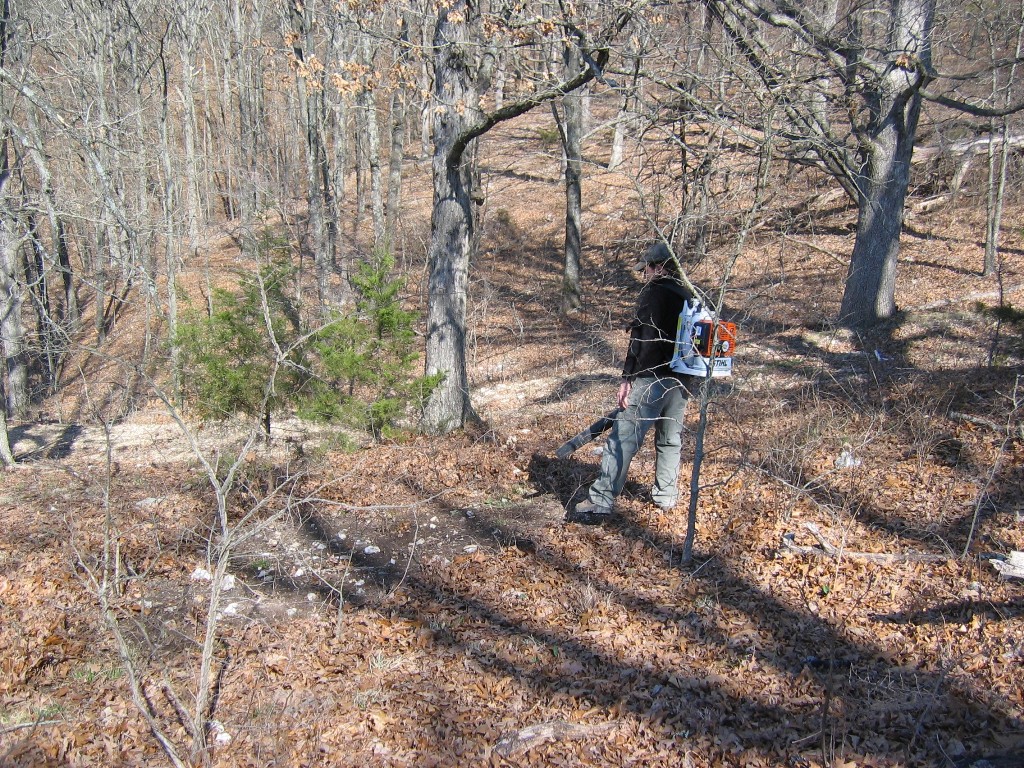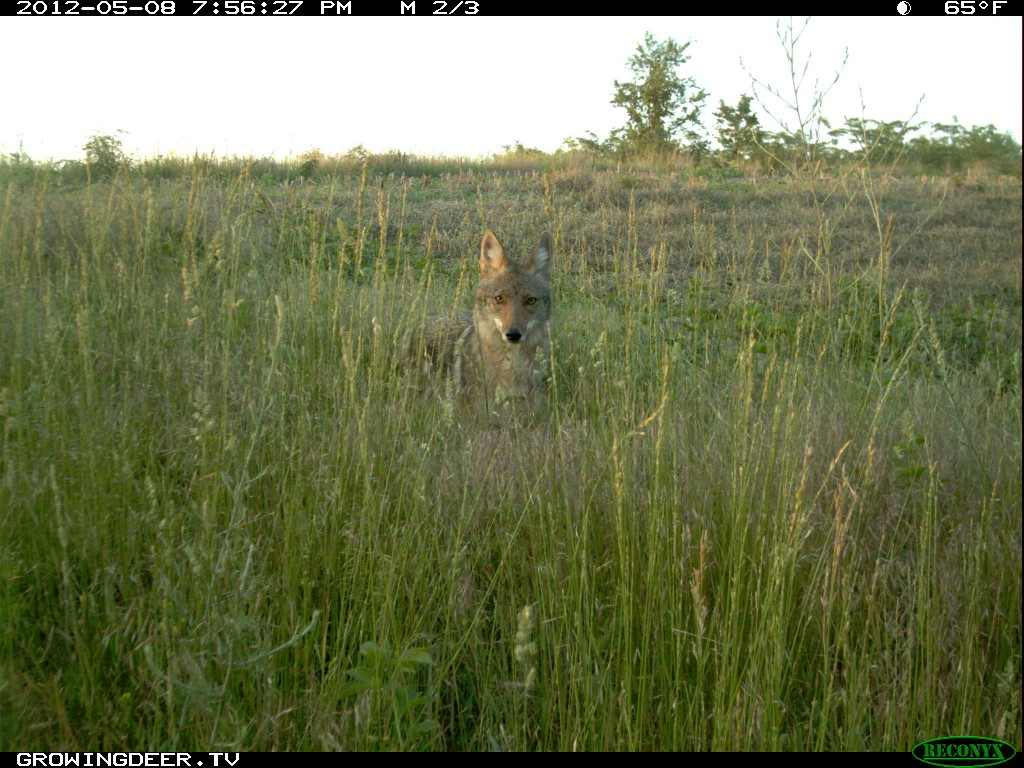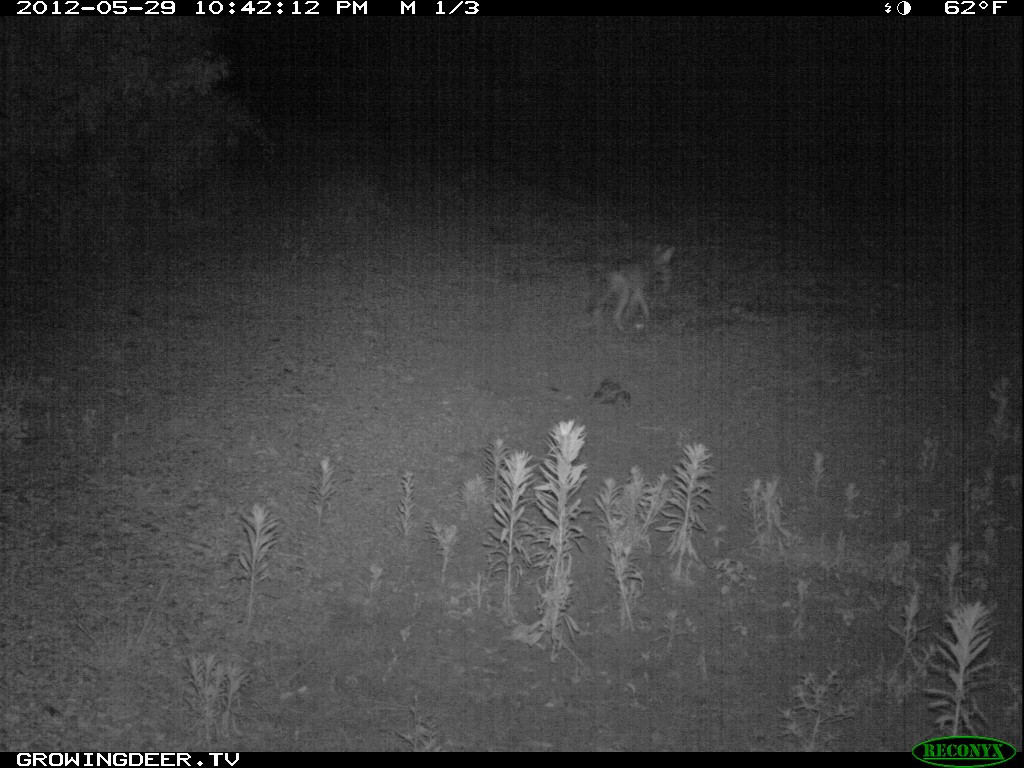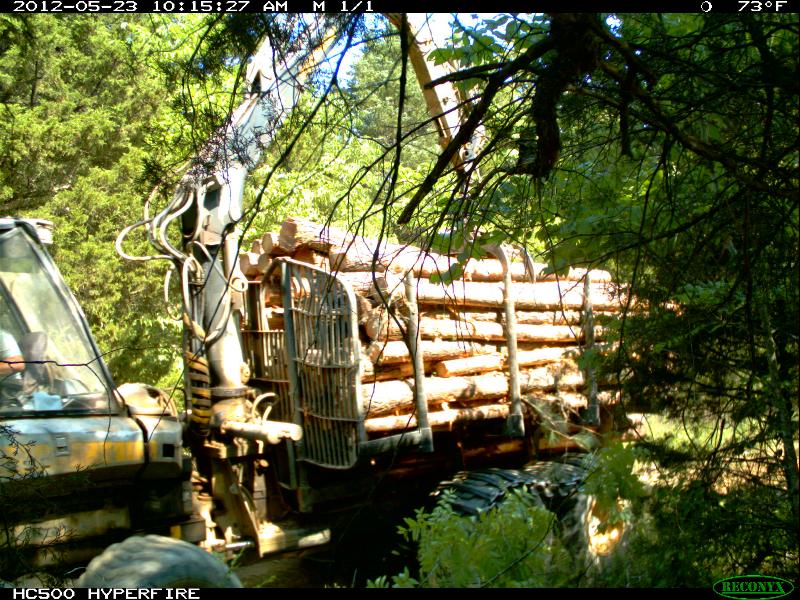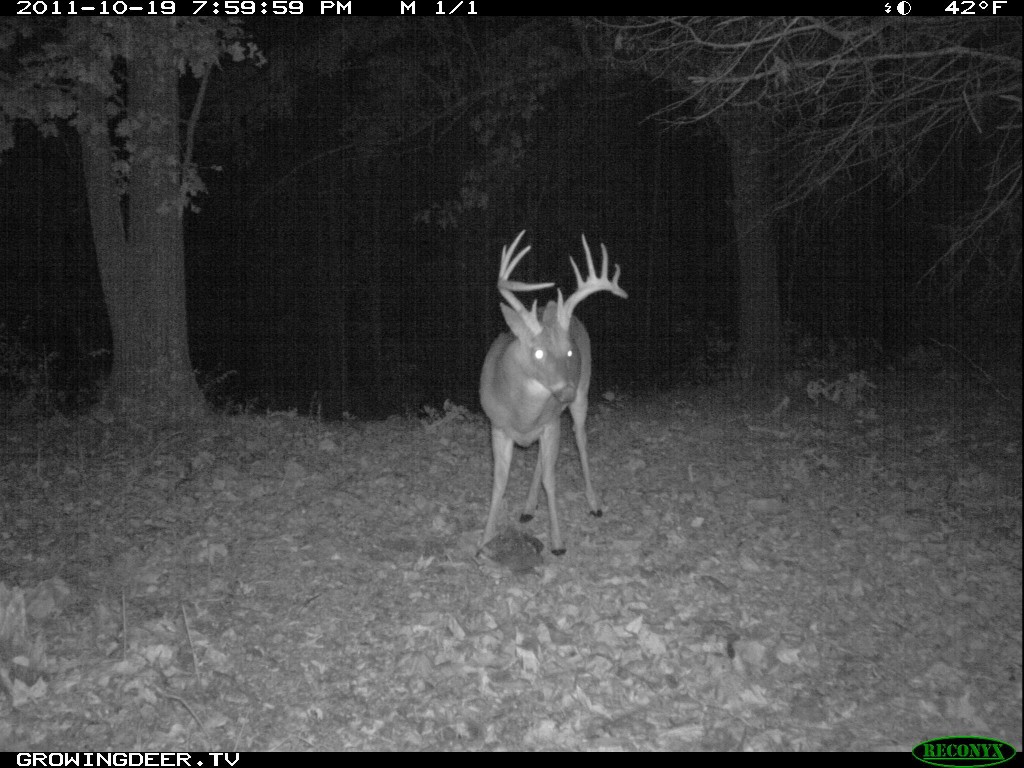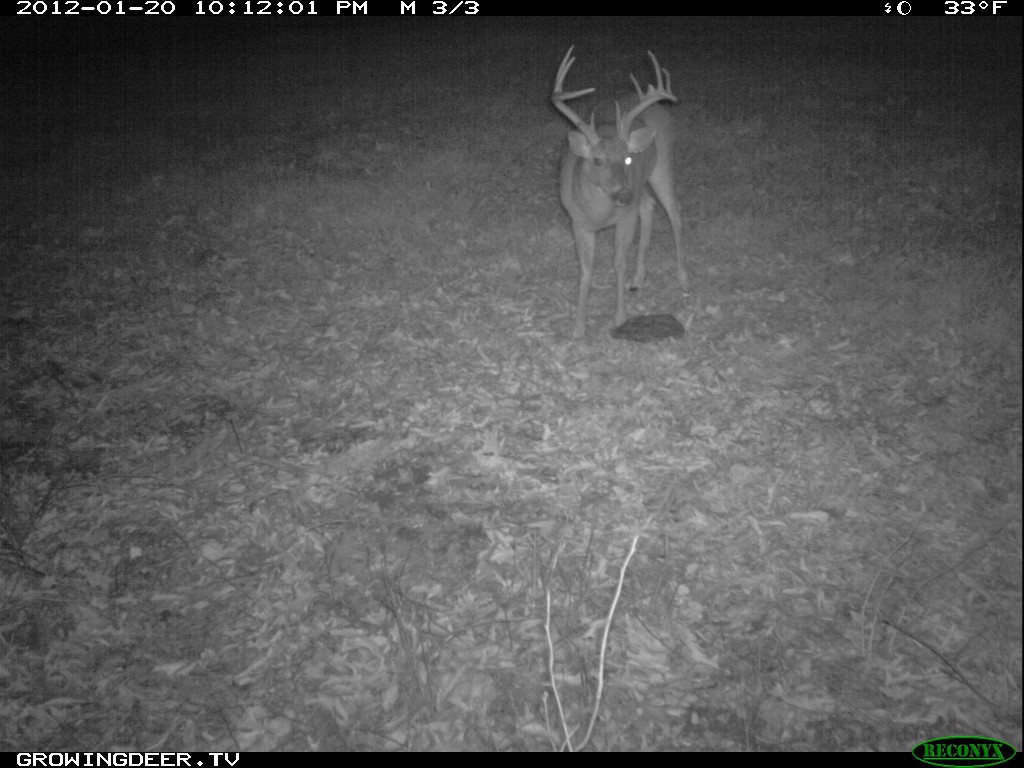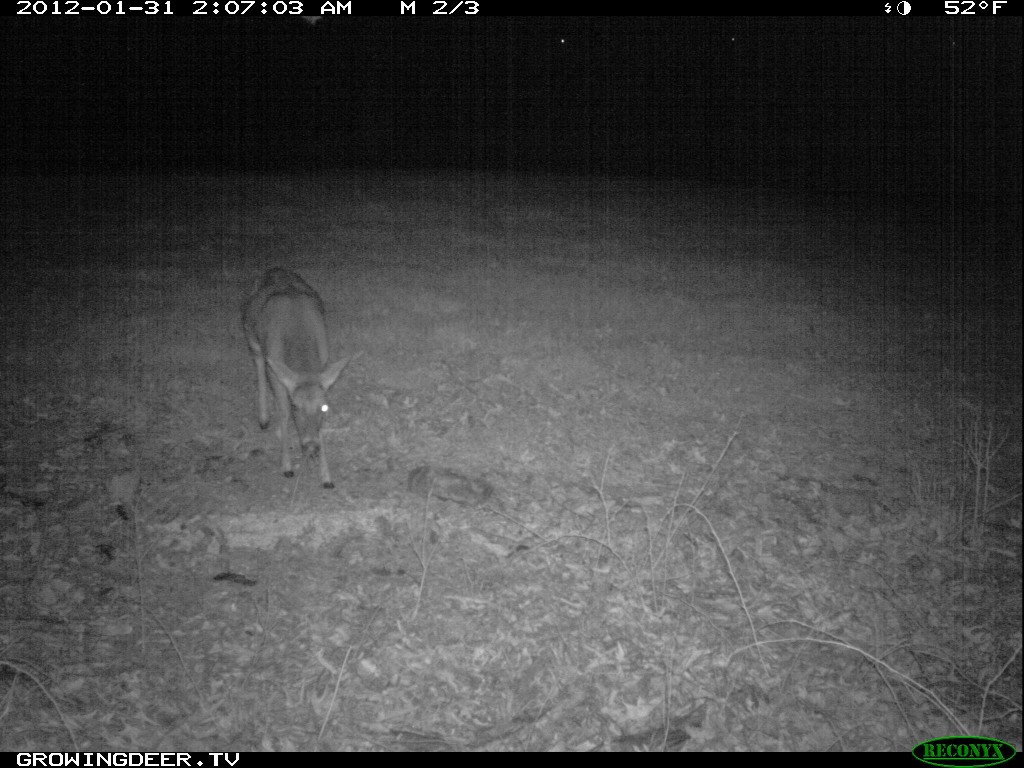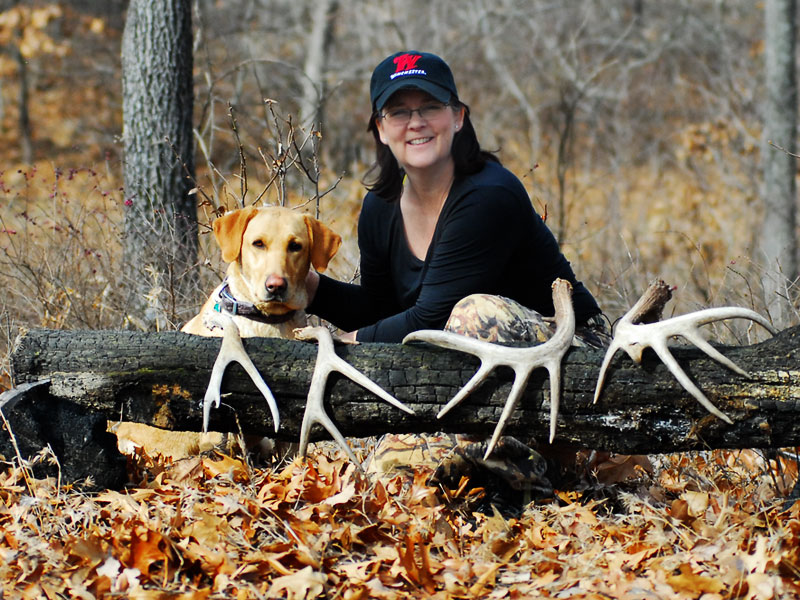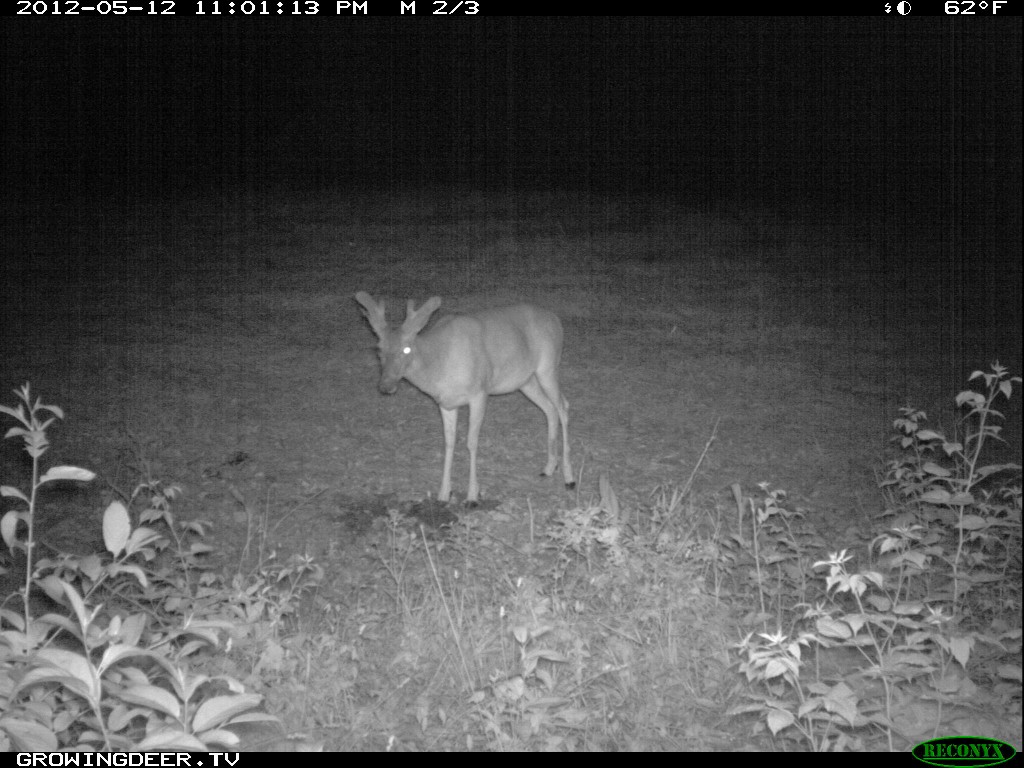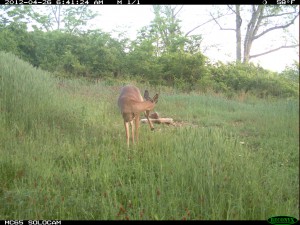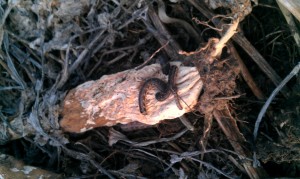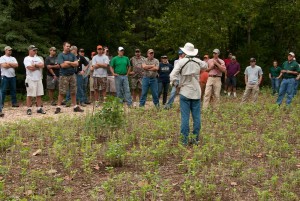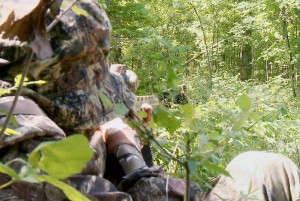Dry Weather Whitetail Habitat Management Plans
It’s June 8th and as I look out the office window across The Proving Grounds it looks like mid-July….DRY! Almost all signs of our last rainfall are gone. The plants are definitely showing it. If this trend keeps up it could be a very stressful summer for our food plots and wildlife. I’ve already been hearing about wildfires across most of the Midwest due to the lack of measurable rain.
With all these negative thoughts for our wildlife there is one positive that comes to mind. The dryer weather could make for some great fall or late growing season prescribed fires. These fires can also be a great tool to help stimulate forbs and other vegetation that are great for wildlife. Plus, it can ultimately help remove some of those annoying ticks (check out GDTV 124), NOW THAT IS GOOD NEWS!
It is very important to be prepared for a prescribed fire by developing a burn plan and getting the fire lines in place. Here at The Proving Grounds we will be cranking up the back pack blowers and chainsaws soon to make our fire lines. Ideally our fire lines are 4 to 5 yards wide with all leaves, sticks, and any other material that’s easily flammable removed to bare soil – or rocks in our case. This line or break completely surrounds the fire area to prevent the fire from getting into an area you didn’t plan on burning — which could lead to your having a dangerous problem on your hands.
If you plan on doing a fall or late season prescribed fire on your proving grounds it is time to start preparing.
Adam
Warning: This blog contains information about prescribed fire which is a management tool for trained professionals using the appropriate tools for the situation.



